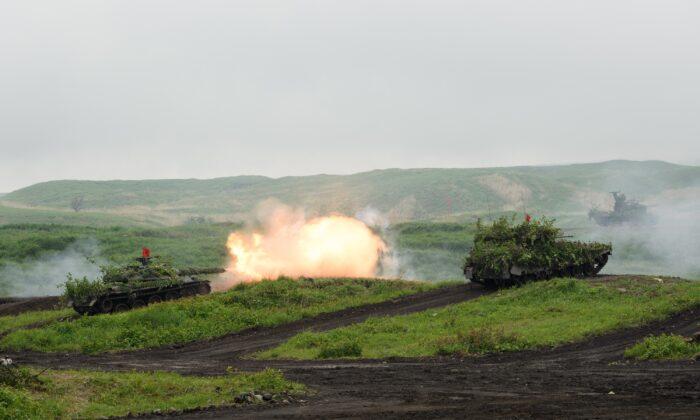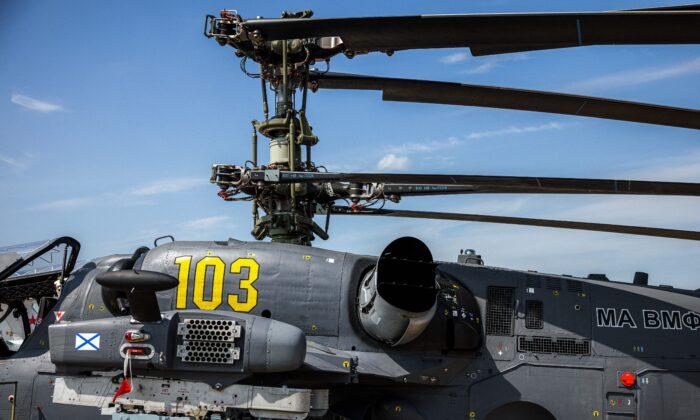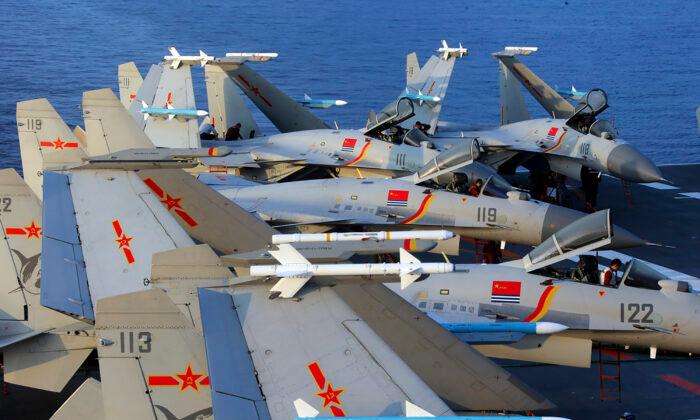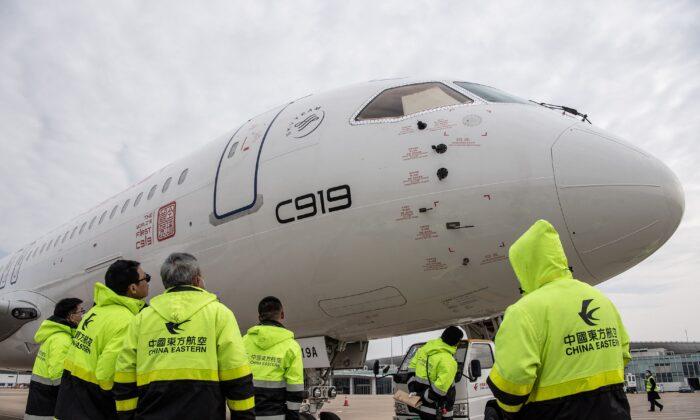The United States may be experiencing setbacks in Europe, trying to dissuade Russia from invading Ukraine and bullying other eastern European states, but it is enjoying exceptional success in strengthening its alliances in the Asia-Pacific. These efforts are clearly aimed at combating China’s increasingly bellicose behavior.
First, Washington was able to craft a military-technological alliance with Canberra and London to supply nuclear-powered submarines to Australia. The AUKUS pact contributes significantly to building up Australia’s military might; it also goes a long way in bringing the United Kingdom back into the Asia-Pacific, a precursor perhaps to a permanent presence.
At the same time, the two countries have quietly drafted plans for joint operations in case China attacks Taiwan, including dispatching U.S. Marines to bases on the Ryukyu Islands.
Finally, Washington and Tokyo have agreed to collaborate on researching and developing new defense technologies, including defenses against hypersonic weapons.
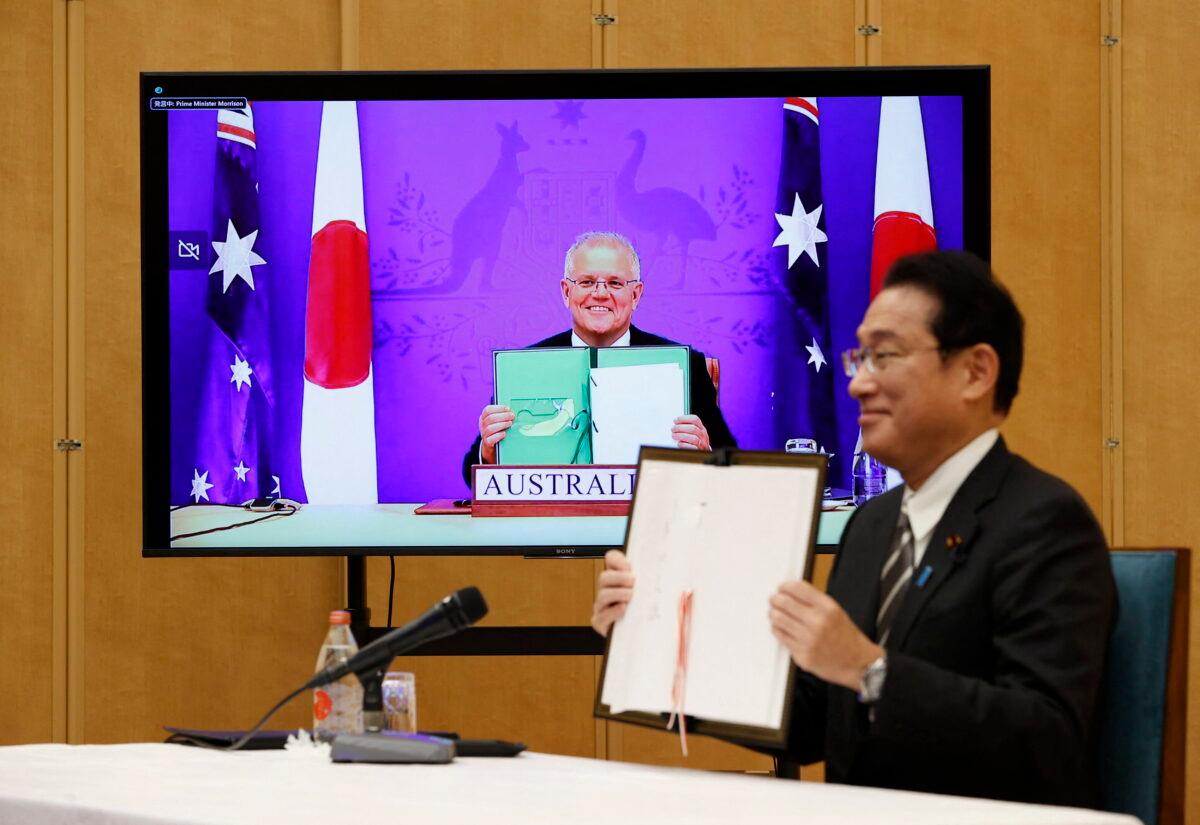
Meanwhile, Beijing is floundering to find allies. China certainly has close “friendly relations” with a few countries like Pakistan, Burma (Myanmar), and Thailand—they happen to be Beijing’s biggest arms customers. It has only one official military ally, however: North Korea, with whom it has a mutual assistance treaty.
So North Korea is hardly an attractive military partner, but then again who would want to be a military ally of China, anyway? Weaker nations generally align with stronger ones to “buy” security. But what kind of security can China provide? Chinese military aid would be negligible, and its ability to come to the defense of an endangered ally are limited.
Military alliances are usually formed in opposition to some kind of threat. Consequently, a Chinese-centric military alliance would essentially require states to join in a rivalry with the United States. That presumes, however, that currently nonaligned countries in the Asia-Pacific—such as Indonesia, Malaysia, or Burma—would be prepared to openly align themselves with Beijing in a competition with the United States, or that U.S. treaty allies such as Pakistan and Thailand would explicitly switch sides and embrace Beijing.
It is hard to see the appeal of such a deal. In the first place, many countries in the Asia-Pacific would prefer to stay out of formal alliances and instead play the game of tactical, ad hoc coalitions that advance their individual security.
Secondly, the Chinese regime is increasingly viewed by other countries in the Asia-Pacific as the cause of—rather than the solution to—regional tensions and insecurities. Instead of joining with China, most nations in the region are actively hedging or balancing against it. The regime’s aggressive behavior in places like the South China Sea does it no favors.
Of course, China doesn’t need allies; its military is already quite proficient in the region (and getting more so every day). But as more countries in the Asia-Pacific align themselves militarily against China, the harder it will be for China’s military to operate with impunity.


